The best Thai curries need zesty fresh lime, coconut milk, tofu, and perfectly steamed rice. We made our vegetarian tofu curry extra spicy using red curry paste in under 30 minutes. Keep reading to find out how to cook tofu for curry.
It's impossible not to be a big fan of Thai cuisines like pad thai, satay, and flavorful, spicy curries. Thai food stands out from the crowd as decidedly more complicated than others - the beauty of Thai cooking lies in finding balance in the complex and often contrasting flavors that the country is known for using.
Thai curries are the prime example of their ability to perfect this balancing act. Tofu Thai curry is so much different from an equally delicious Indian curry, a thick, velvet stew fragranced with strong clove, turmeric, cumin, and cinnamon. And adding tofu in curry makes it even more filling.
Red curry paste, lime, coconut milk, soy, and sugar work together to build a curry that is light, spicy, tangy, creamy, salty, and sweet all at once yet not "too much" for your tastebuds.
We've built the recipe for this vegan tofu curry to give you an easy, quick dinner option that tastes like it should have taken much longer.
Follow our recipe guide to get started cooking your tofu vegetable curry!
Tips + FAQs
Choosing your tofu
The best tofu for curry is extra-firm because it has the lowest water content and will retain its shape. Silken tofu is so fragile it will instantly fall apart in your curry sauce.
If you can't find any extra-firm tofu, you can use firm in your tofu coconut curry instead. Its water content is higher, so press the tofu for a few minutes longer to remove more of its moisture.
Pressing your tofu is an important step that you shouldn't skip, as it gives the tofu just the right texture. Pressed tofu will crisp up beautifully in the pan and absorb all of the deep flavors of your curry sauce.
Is tofu good for you?
Vegans and vegetarians may sometimes struggle to get enough protein in their diets. We add tofu to many of our vegan recipes because it's a high-protein, lightly-flavored option that works well in almost every dish.
Tofu also contains some essential vitamins and minerals, like selenium, magnesium, calcium, and potassium. Tofu is full of powerful antioxidants, which help fight and prevent many diseases, cancers, and age-related issues.
Can I bake the tofu?
We love our tofu pan-fried, but you can bake it instead if you want to avoid using cooking oil. The texture will be a little more dense and chewy, with a crisp outside.
Preheat your oven to 400°F. Once your tofu is pressed and cut into cubes, spread it evenly on a lined baking sheet. Place the lined sheet in the oven and bake for 15 minutes. Flip the cubes of tofu, and cook for another 15 minutes. Then, continue preparing your curry according to our instructions.
Curry paste options: controlling the heat
There are three standard curry pastes used in Thai cooking: red, green, and yellow. Some curry paste varieties contain fish, so keep your dish vegan by reading your labels and choosing a fish-free option.
Red curry paste
This curry paste is the most versatile because its flavor is rich and spicy. Red chilies are crushed with lemongrass, garlic, shallots, and ginger. It packs some heat but is well-balanced with the other savory flavors.
We made tofu red curry with this paste in our tofu coconut curry because we like things a little spicy.
Green curry paste
Green curry is considered the most popular, and it's also the spiciest. Young green chilies are the hottest variety and are blended with lemongrass, shallot, lime leaves, lemongrass, and ginger to build a solid base for Thai curry.
Green curries often contain a little extra coconut milk, which cuts the heat down and adds some sweetness for a perfectly balanced dish.
Yellow curry paste
This bright-yellow paste gets its rich color from two Middle-eastern spices - cumin and turmeric. These two spices don't just taste great; they also are potent anti-inflammatories and antioxidants. Curries made with Thai yellow curry paste have a very mild heat compared to the other two varieties.
Yellow curry paste also contains lime leaves, coriander, mustard seed, kaffir, and nutmeg.
Is this curry gluten-free?
This easy tofu curry is entirely free of gluten. Read your soy sauce labels, as some brands contain gluten within their ingredients.
Add-in options
We've built a simple base recipe for Thai curry. You can make it as is or add some tasty veggies to up your nutrient intake. If you're adding vegetables to the dish, cook them in the saucepan for 2-3 minutes in some oil before you start building your sauce.
Here are a few great options:
- Sweet bell peppers
- Bok choy
- Onions or shallots
- Baby kale, spinach, or swiss chard
- Bamboo shoots
- Cubed potatoes
- Eggplant
- Sliced carrots
- Broccoli or cauliflower
- Parsnips
Storage tips
Thai curry leftovers might be even better the next day - there's something magical that happens when you leave your curry to sit in the fridge overnight. Flavors continue to develop, so eat up your leftovers for breakfast, lunch, or dinner.
Your Thai curry will stay in the fridge for 2-3 days. Keep the rice separate from the curry. Otherwise, you'll lose half of your sauce as it absorbs into the rice.
There is enough liquid in our curry recipe to allow it to freeze well. You can freeze your curry in an airtight, sealed container for 2-3 months.
Final notes: vegan coconut curry
You're just 30-minutes away from gobbling up a hot bowl of this satisfying yet light Thai coconut curry.
A few quick things to keep in mind:
- Use firm or extra firm tofu, and always press the tofu to prevent sogginess;
- Ramp up the heat by using green Thai curry paste instead of red, or make your dish milder by substituting for yellow curry paste;
- Check labels to ensure your paste is vegan;
- And, add in some extra veggies for a nutrient boost.
We hope you love making our vegan Thai curry and eating all of the yummy leftovers!
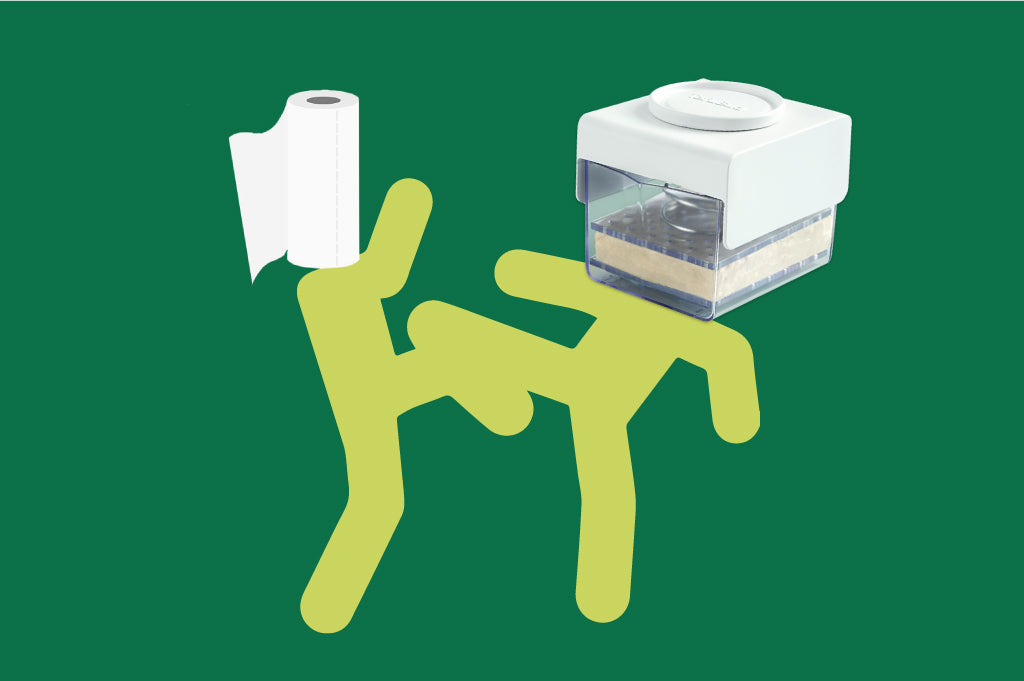



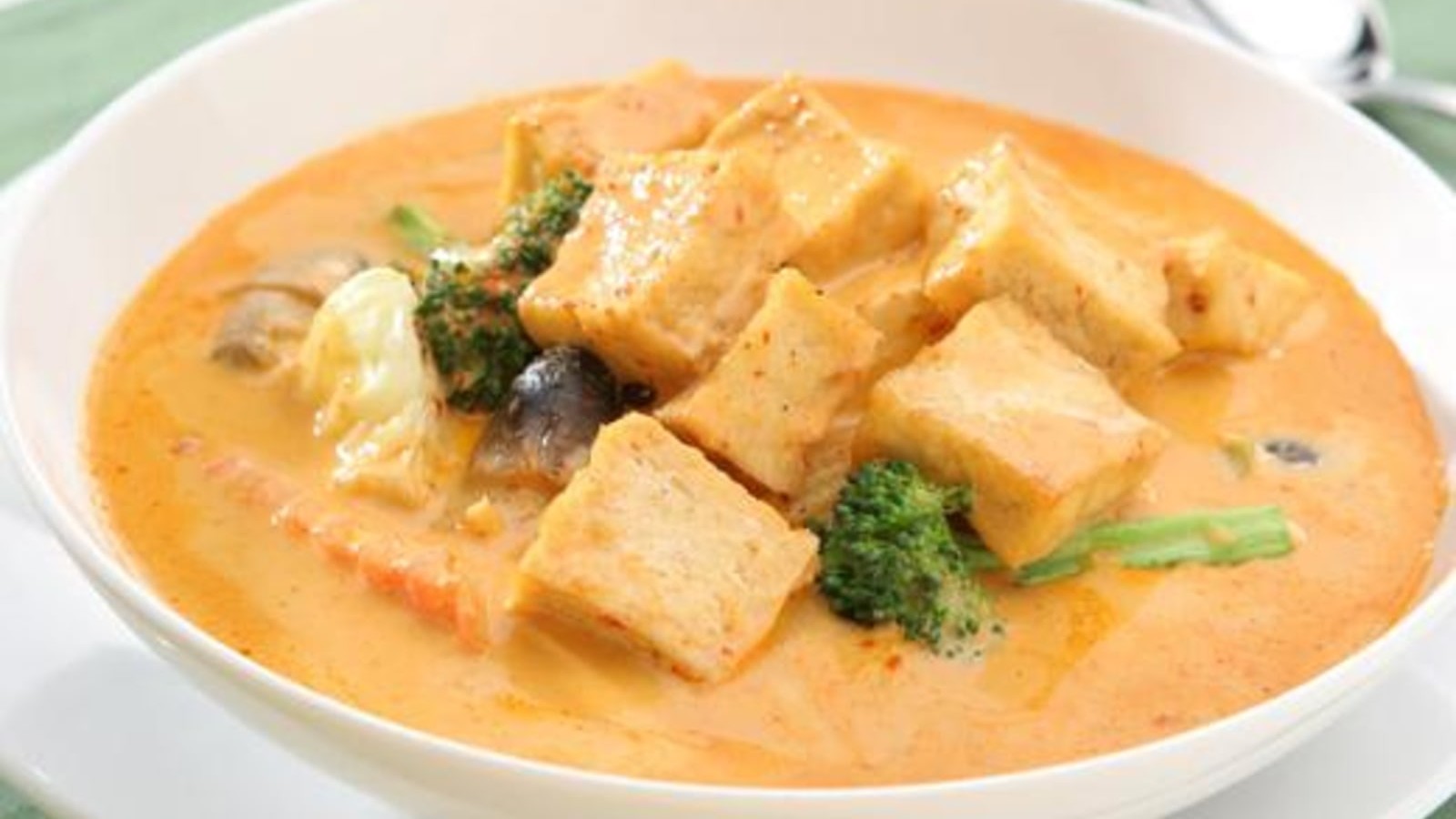
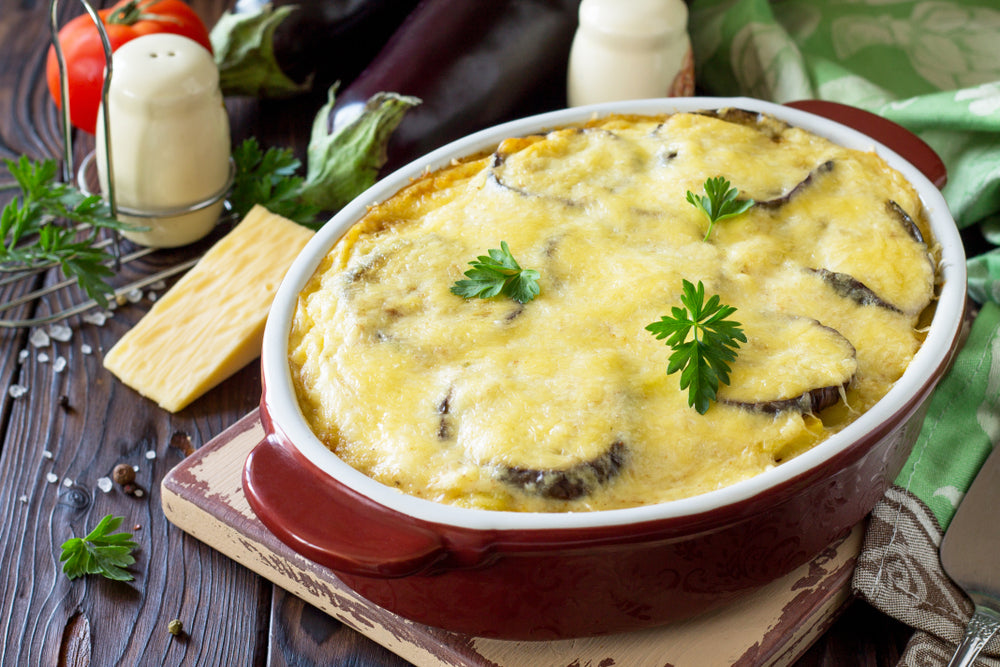
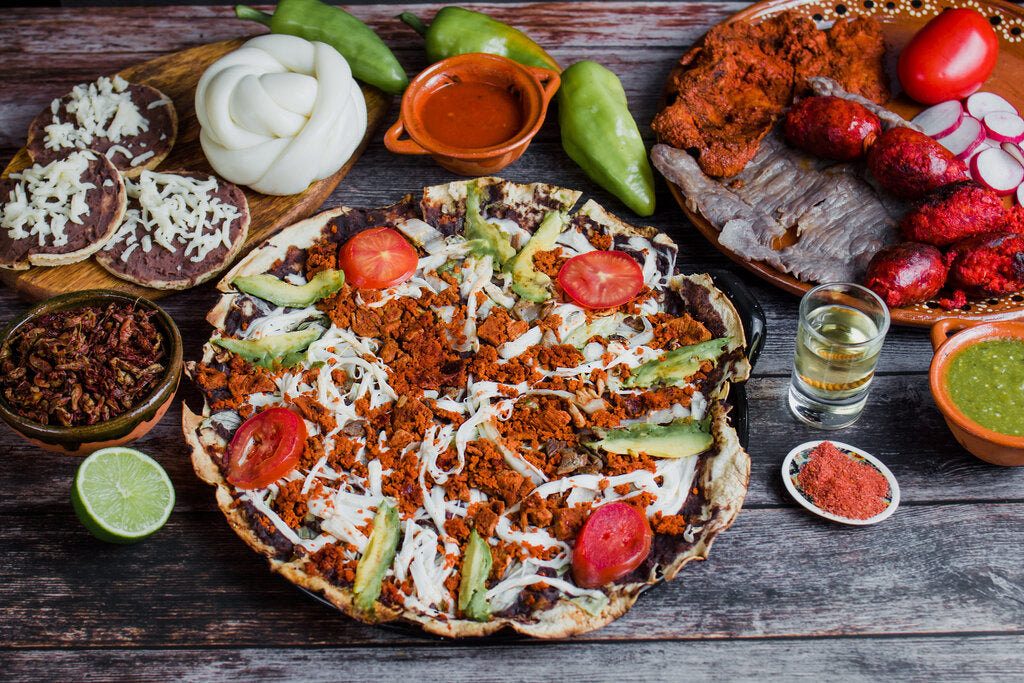
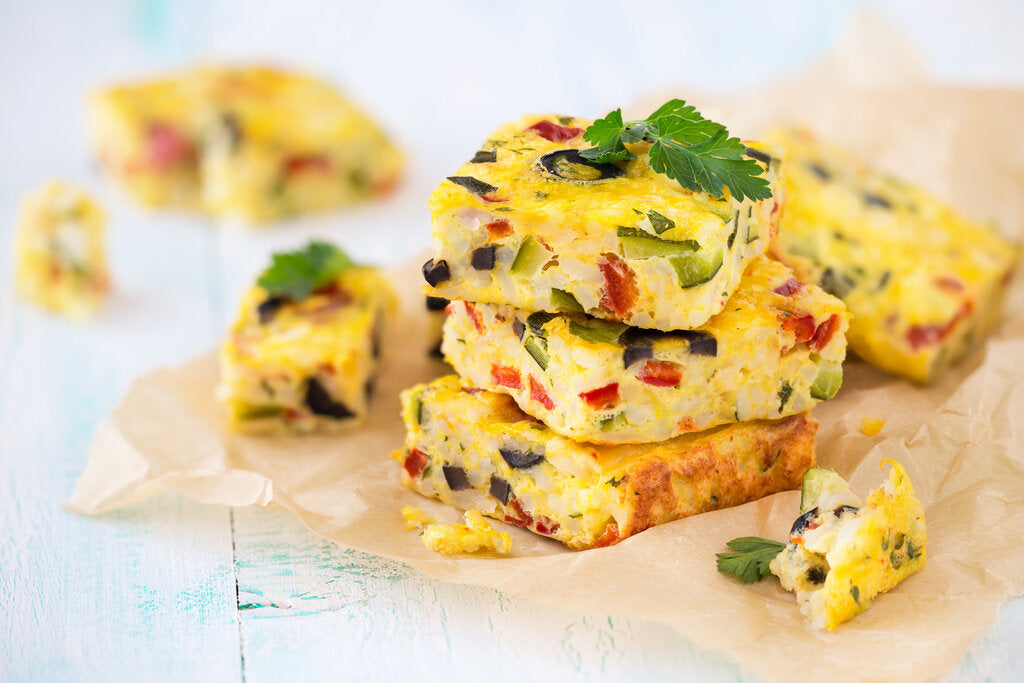
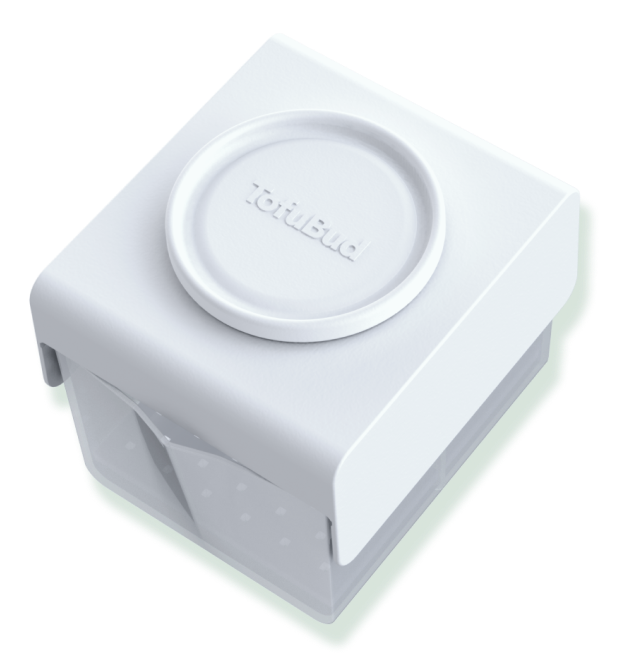
Leave a comment (all fields required)